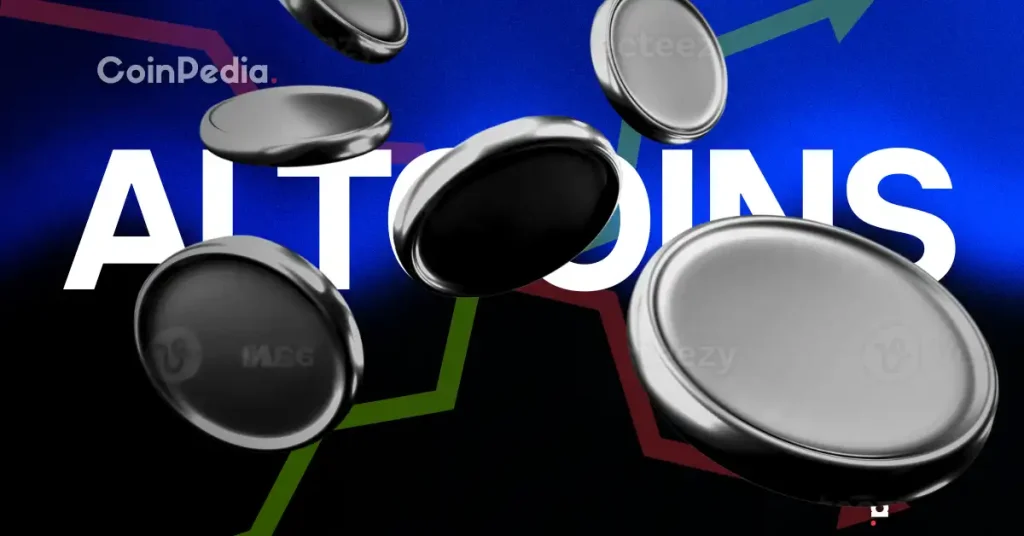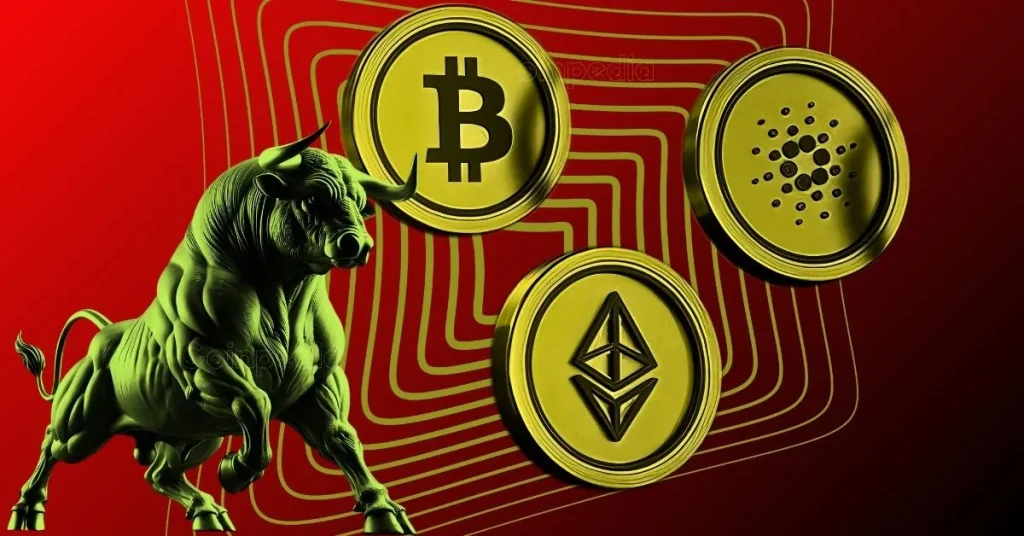Ethereum’s co-founder Vitalik Buterin, alongside developer Anders Elowsson, has introduced EIP-7999, a proposal aimed at reforming how transaction fees are structured on the Ethereum network. This initiative intends to consolidate the multi-dimensional fee structure into a singular, more straightforward system.
How Does the New Model Work?
The proposed system allows users to set a “maximum fee” for all operations, removing the necessity of calculating fees for each separate action. This unified approach aims to simplify transactions by offering a universal pricing model that encompasses computing, storage, and data resources, significantly reducing user errors.
This proposal takes inspiration from prior efforts like EIP-7706 and recent studies on gas normalization. By aligning better with Ethereum’s existing protocols, the initiative is designed to enhance user experience and system harmony, striving for seamless integration across transactional operations.
Ethereum founder Vitalik Buterin and developer Anders Elowsson commented, “EIP-7999 will introduce a unifying and simplifying approach to fees for different transaction resources.”
Can Previous Challenges Be Overcome?
High transaction fees have been a significant hurdle for Ethereum, especially during peak times like in 2017 and 2021 when average fees skyrocketed past $50. Despite the introduction of a base fee system via EIP-1559, surges couldn’t be fully mitigated during heavy network traffic.
However, with the rollout of the Dencun upgrade in March 2024, which improved scalability and integrated layer-2 solutions, transaction costs were slashed by approximately 95%. Revenue from network fees remained robust at $2.48 billion, while rival networks like Tron and Solana continued to compete by reducing transaction fees.
What Lies Ahead?
Discussion surrounding the EIP-7999 proposal is ongoing, gauging sentiment from both the Ethereum community and technical experts. Once approved, it promises to make Ethereum’s fees more intuitive and effective.
Vitalik Buterin remarked, “The new fee structure, expected to enhance user experience and capital efficiency, could set Ethereum ahead of its competitors.”
Community discourse has emphasized the criticality of continuous innovation for maintaining Ethereum’s market position. The EIP-7999 proposal represents a pivotal step forward in simplifying fee dynamics and optimizing transaction handling within the platform.
As Ethereum seeks to maintain its leadership in the blockchain arena, such strategic moves are essential for attracting and retaining users who favor efficiency and clarity in their transactions.
Disclaimer: The information contained in this article does not constitute investment advice. Investors should be aware that cryptocurrencies carry high volatility and therefore risk, and should conduct their own research.
















 English (US)
English (US)